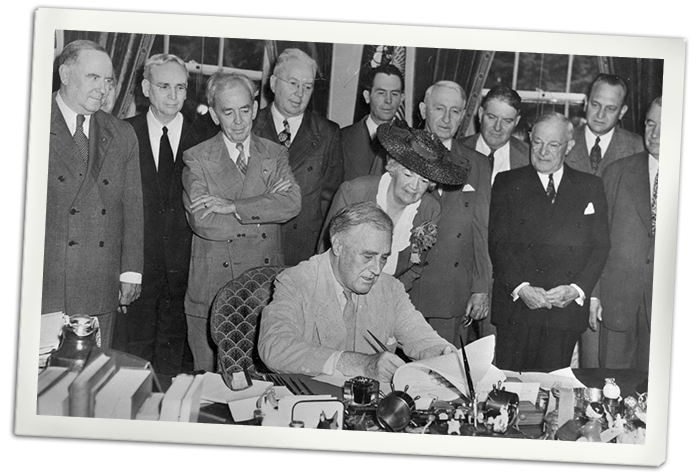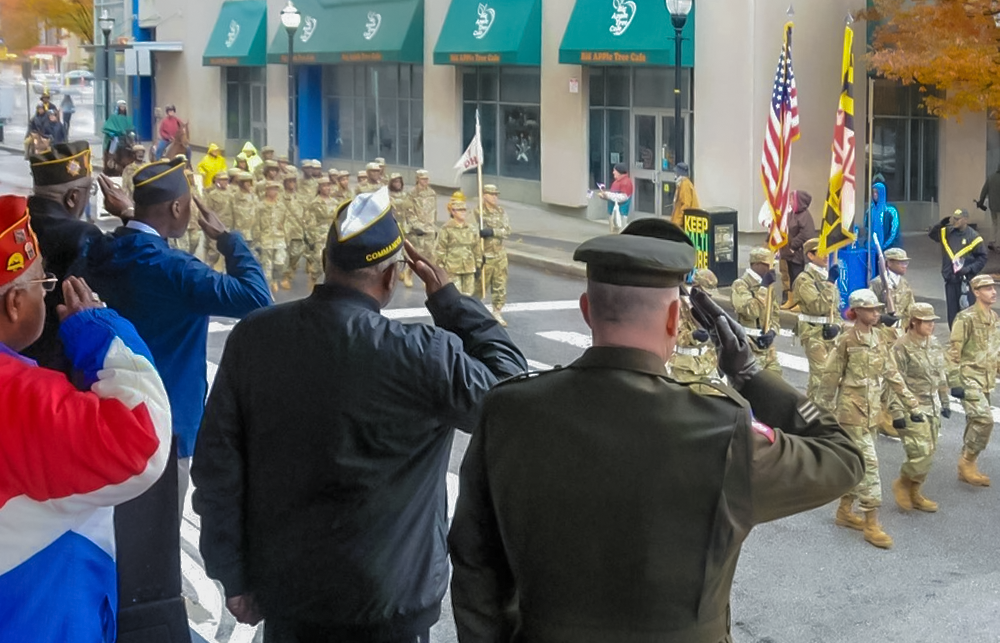Today is the 78th anniversary of the G.I. Bill, which was established on June 22, 1944, to provide benefits in support of returning World War II service members. Since then, it has continued to evolve to serve the needs of Veterans and their families.
Over the last 78 years, 25 million Veterans, service members and their families have used various G.I. Bill programs to pursue education and training, find meaningful employment and change the trajectory of their economic mobility.
Within the G.I. Bill’s first seven years, eight million Veterans attended school or received on-the-job training. Today, the G.I. Bill meets Veteran training needs through innovative programs like the Veteran Employment Through Technology Education Courses (VET TEC) program, which opens the door for those who want a career in the high technology field. VET TEC enables individuals to train quickly for their next career without using their existing G.I. Bill entitlement.
The Edith Nourse Rogers STEM Scholarship (STEM Scholarship) supports Veterans studying in STEM fields – science, technology, engineering, and math. With an expected growth of 8% for STEM occupations compared to just 3.7% for all other occupations, the Rogers STEM Scholarship provides up to nine months or $30,000 in benefits after Post-9/11 G.I. Bill or Fry Scholarship benefits have run out, empowering Veterans to complete the education needed for a career in one of these growing fields.
Annually, hundreds of thousands of individuals continue to benefit from the G.I. Bill. As education programs have morphed and expanded to recognize the changing goals and needs of beneficiaries, so too has the G.I. Bill.
Over the last 18 months, the VA has implemented impactful changes to improve access and delivery of the GI Bill for beneficiaries.
Service members can now transfer their education benefits to their qualifying ward or foster child through the Transfer of Entitlement program. As of Aug. 1, the Colonel John M. McHugh Tuition Fairness for Survivors Act of 2021 requires schools to provide in-state tuition rates for students using Survivors’ and Dependents’ Educational Assistance (DEA) benefits, reducing the out-of-pocket costs of education for surviving spouses and children.
With the Veteran Rapid Retraining Assistance Program (VRRAP), Veterans who are unemployed due to the COVID-19 pandemic and need additional training or education to find a job on the Department of Labor’s high-demand occupation list, can do so. Eligible Veterans participating in VRRAP can receive up to 12 months of tuition and fees along with a monthly housing allowance based on Post-9/11 G.I. Bill rates.
The G.I. Bill has come a long way since 1944. VA continues to seek ways to meet the needs of Veterans and improve their G.I. Bill experience. Once complete, the Digital G.I. Bill – VA’s G.I. Bill modernization effort – will transform how beneficiaries interact with their G.I. Bill benefits and improve their experience.
As we celebrate the 78th anniversary of the G.I. Bill, we’re reminded of its impact and are thankful for the opportunity to continue serving our Veterans and their families.
Topics in this story
More Stories
Nearly 400 Veterans from across the country have gathered in Snowmass Village for the 39th Annual National Disabled Veterans Winter Sports Clinic. This premier adaptive rehabilitation event, co-presented by VA and Disabled American Veterans (DAV), continues through April 5.
After using the G.I. Bill, Army Veteran Adam Boren found his connection to his community through soccer.
VA and the Veterans Day National Committee (VDNC) invites cities, towns, and non-profit groups across the country to join us in showing appreciation for Veterans by applying to hold VA-recognized regional Veterans Day observances.






The dates and years that are mention are incorrect, because during the late seventies, the GI Bill didn’t exist. I was in from 78-83 and I didn’t have the GI bill to fund my education. correct your info and state that not every veteran since 1944 had the GI bill
Over the last 18 months, the VA has implemented impactful changes to improve access and delivery of the GI Bill for beneficiaries.